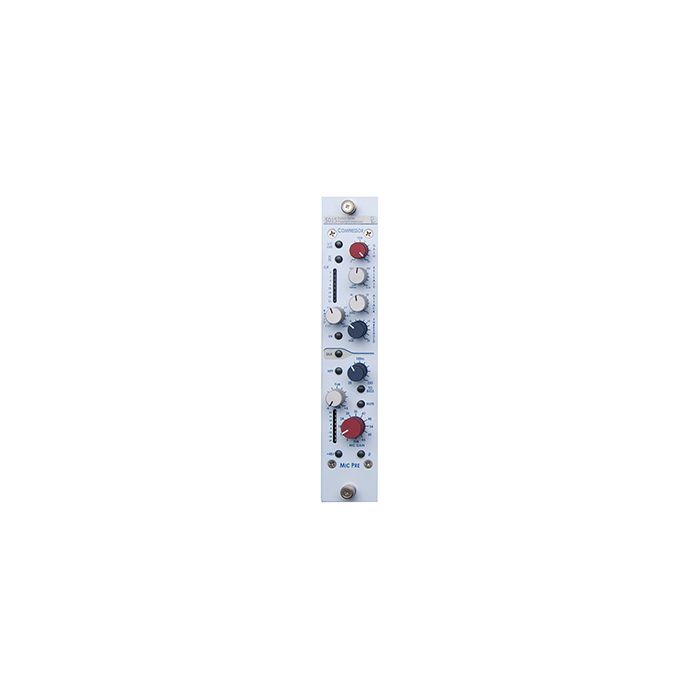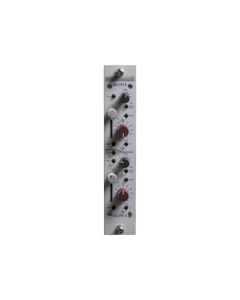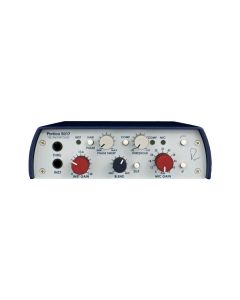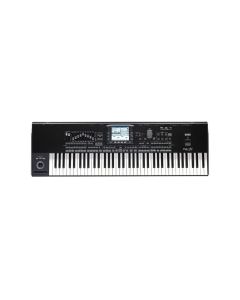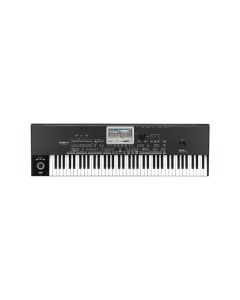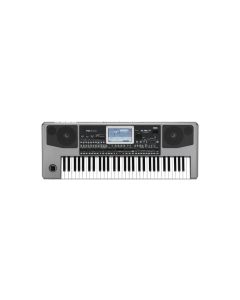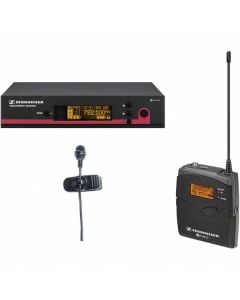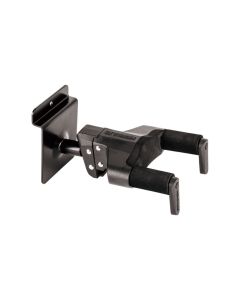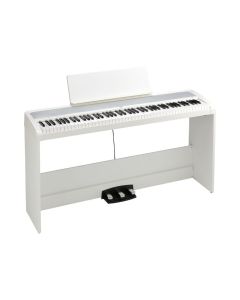Rupert Neve Designs 5015V Portico Single Channel Mic Pre/Compressor (Vertical)
Brand
RUPERT NEVE
Rupert Neve 5015-V Single Channel Mic Pre/Compressor Details
The Rupert Neve 5015-V Single Channel Mic Pre/Compressor's independent transformer-coupled mic preamp and compressor-limiter sections identical to those found in the 5012 and 5043 modules, the fully analogue Portico 5015 combines the outstanding sound quality expected from a Rupert Neve design with the total flexibility required by modern recording studios. Available in both Vertical and horizontal configurations, when used with the 5033 five band EQ it is possible to create a Portico channel strip with preamplification, dynamics processing and equalization. As an additional routing option, the mic pre output may be routed directly to the compressor section without patching by pressing the "To Compressor" switch.
MICROPHONE Preamplifier
The microphone input is balanced but not floating, being a variant of an instrumentation amplifer using a "Transformer-Like-Amplifier" (T.L.A.) configuration with a toroidal Common Mode Rejection Low Pass Filter that excludes frequencies above 150 kHz. The T.L.A. is followed by an actual input transformer designed by Mr. Neve that permits a full +25 dBu input signal to be handled at unity gain without an input pad over the whole audio spectrum. This innovative solution combines the advantages of both an "Electronically Balanced" and true transformer input.
In addition to the 72 dB of gain, the 5015 mic pre includes individually selectable phase, mute, phantom power, a swept high pass filter from 20-250 Hz, and the "Silk" circuit which yields the rich warmth and presence of the renowned classic designs.
The Compressor Section
The 5015"?s compressor has fully variable threshold, ratio, attack, release and makeup gain with two selectable VCA modes that provide for exceptional control of any source material. How it Works
In order to control gain, a V.C.A. or Voltage Controlled Amplifier (or Attenuator) is used. There are many types of V.C. including the use of tubes, discrete and integrated solid state circuits and naturally non-linear devices, each one having its characteristic behavior that reflects sonically on the final performance, and gives it a character or signature that can be musically attractive or not! The Portico 5043 makes use of a very accurate, low noise, low distortion V.C.A. having, essentially, no signature of its own.
A part of the audio signal is rectified and smoothed to produce a suitable control voltage for the V.C.A. which has to respond very quickly and have low distortion. If the response is too fast, low frequency signals will themselves, be gain controlled! If the response is too slow, the signal will overshoot and the first few cycles will not get compressed. The speed and accuracy of the response, known as the "attack", and the time frame that gain remains under the initial control, known as "release" or "recovery" and plays a large part in the way a compressor sounds.
All Portico modules use input and output transformers and, almost entirely discrete component amplifiers. In fact the Line amplifiers on their own, inserted into the signal chain, are capable of enhancing the sonic quality of many signal sources, especially those of digital origin. These are some of the factors that enable, the Portico 5043, to work so unobtrusively within the context of a very high quality audio chain.
| Manufacturer | RUPERT NEVE |
|---|

